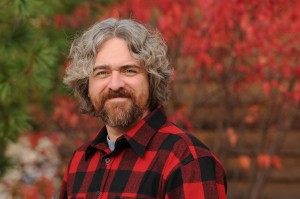
Blair Orr , director of Michigan Tech’s Peace Corps Master’s International program, was featured on an agroinnovations.com podcast, talking about the Peace Corps Master’s program at Tech, as well as changes and patterns in Third World agriculture, land tenure, low input mixed systems, increasing connectivity and migration in developing countries, the future of Haiti and strategies for promoting development in tropical agriculture. Hear the podcast at Blair Orr .

 Assistant Professor Rodney Chimner and Jim Bess have received $148,650 from the US Environmental Protection Agency for a 32-month project, “Restoring Peatlands from Large Scale Ditching.”
Assistant Professor Rodney Chimner and Jim Bess have received $148,650 from the US Environmental Protection Agency for a 32-month project, “Restoring Peatlands from Large Scale Ditching.”
 n on Earth Day. See tip four at
n on Earth Day. See tip four at  Professor David Flaspohler has received $72,512 from the National Science Foundation for the first year of a potential five-year, $349,488-project, “Interactive effects of predation and ecosystem size on arthropod food webs in Hawaiian forests fragmented by lava flows.”
Professor David Flaspohler has received $72,512 from the National Science Foundation for the first year of a potential five-year, $349,488-project, “Interactive effects of predation and ecosystem size on arthropod food webs in Hawaiian forests fragmented by lava flows.”